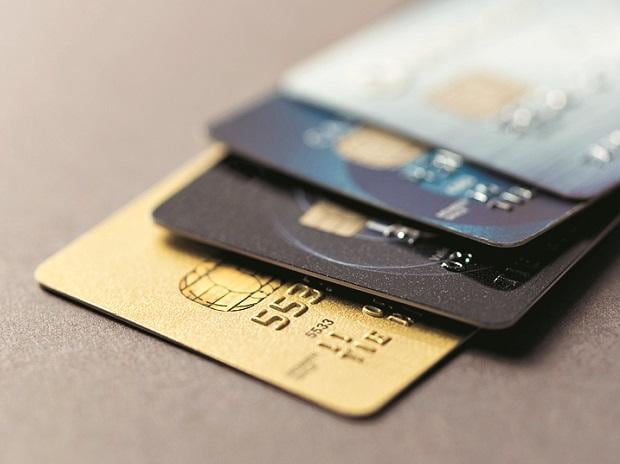Global players are spending millions on creating their sonic branding. Indian companies better hurry.
Sonic
branding as AdWeek put it, is the process of “distilling a
multimillion dollar brand into a few seconds of sound”.
This
is best illustrated in answering the question, have you ever heard
the sound of Visa?
Most would most probably say no. Well, two years
ago, the brand rolled out sensory elements including sound, animation
and haptic (vibration) cues to signify a completed transaction in
digital and retail environments. So, while you could not ‘see’
the brand at work, you could now ‘hear’ it. The multisensory Visa
branding debuted in Visa’s global advertising campaign ahead of the
Olympic Winter Games in PyeongChang in 2018. The goal was to appeal
to the emotions and the senses, so customers could ‘see, hear and
feel’ the Visa
brand as they made payments across platforms and touch-points,
particularly on mobile.
Visa
spent more than a year developing a less-than-a-second sound to
signal “speed and convenience.” The audio mark was accompanied by
a unique vibration and animation that was added to its logo. The
process of developing a sonic brand identity involved
“neuro-research” and spanned eight markets with focus groups and
the culling of 200 different sounds, eliminating one that sounded
“angry,” and several that elicited “visceral reactions”.
Sonic branding is even more critical for brands you cannot see or
touch … digital brands that support the growing notion of
‘everywhere you want to be’ but brands that have no physical
product, shape or appearance except the logo. And if the logo is all
that signifies the brand, the new thinking is to embellish the
connect with the all senses … sight, hearing, even taste!
A
couple of months ago, Mastercard chose to emulate its rival, Visa. It
released its own sonic branding - a new sound that will help
consumers recognize the brand when they make purchases with their
Mastercard or when they see an ad for the brand on TV. In addition to
what consumers will hear when they make a purchase (in stores, online
or via voice-enabled devices), Mastercard has developed a few
different scenario-specific styles of the sound, like coffee shop and
taxi.
There’s
also ‘playful,’ ‘cinematic’ and an ‘operatic’ versions of
the sonic logo, and the brand has created different melodies for
different geographies. As part of the 18-plus-month process of
creating a sound that would resonate with a global audience,
Mastercard worked with agencies, artists and musicians around the
world, including Linkin Park’s legendary Mike Shinoda.

No comments:
Post a Comment